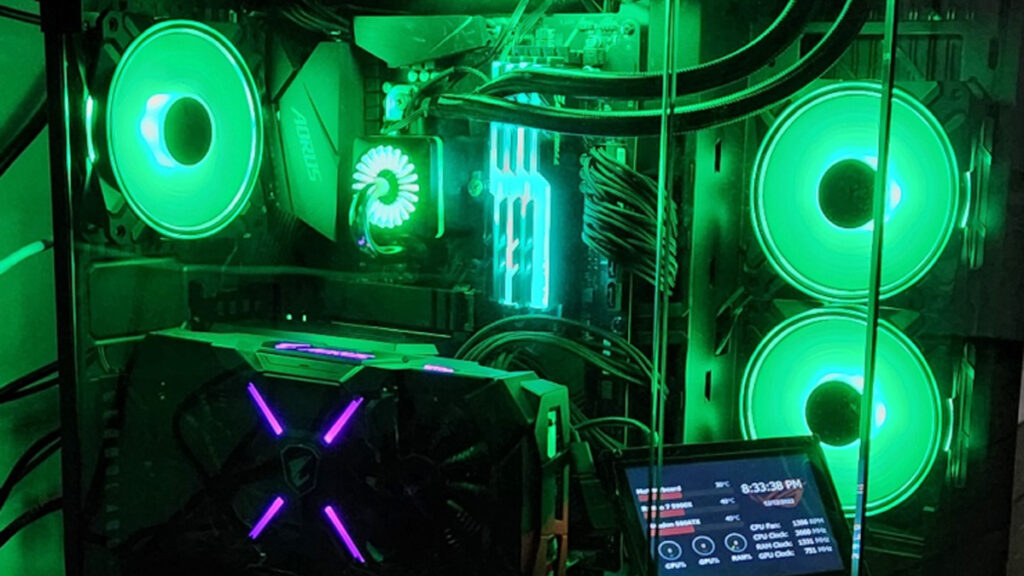As a technology professional, one of the most common questions I get when a customer is considering purchasing a computer is: can I play games on it?
While the answer is ubiquitous, my reply is always to ask what games they or their children want to play. Even a general computer setup will play basic games, but if you’re looking for the best texture, graphics, smoothness, etc., the conversation can begin with building a gaming computer.
Computer gaming is nothing new by any means. Some can remember back to playing games like Wolfenstein on DOS or the excitement of actually beating Minesweeper on early Windows platforms. We have come a long way in technology in a very short time.
Today, people worldwide communicate and collaborate to solve magical quests or destroy an opposing team to win the round. Computer gaming now provides college scholarships and professional leagues where the competition is as serious as the World Series.
It wasn’t long ago that computer case modding, LED lighting, and liquid cooling were an underground internet pastime, with just a few online retailers having parts. These modded computers with glowing fans and see-thru windows are standard throughout the internet and in many brick-and-mortar retailers. These eye-catching displays are a bit ingenious because placing red LED lights in a transparent side panel computer case does nothing to help its performance.
Much like security features and technology in general, today’s games constantly evolve, requiring newer, faster, and more intricate components to run the game at its maximum potential.
So, a gaming system will undoubtedly have better performance components than a standard system. Well hopefully. I have seen cheap knockoff “gaming computers and components” on Amazon for pennies that promise the world for a couple hundred dollars. Just remember, you get what you pay for.
In my opinion, you can usually find entry to mid-level gaming systems starting for around $1000. A system with a current AMD processor, 16GB – 32GB of RAM, at least 1TB of M.2 Storage, a graphics card, motherboard, power supply, and components should get you going.
Remember that you will also need a monitor, keyboard, and mouse. Gaming laptops are an option, except they do not share the same performance possibilities as a desktop unless you want to spend a lot of money. Let’s not forget that desktops can have cool lights, and you can see the components functioning. The visuals may not help the performance, but they help the overall experience.
So you are probably thinking, should I buy a pre-built system, find a company to build one, or try it myself? Buying one off the shelf may not be a bad idea if you plan to use the computer for standard games and maybe some everyday use. Hiring a professional is best if you want a system built to your specs and budget and you don’t have too much experience creating and configuring computers. Then, there is always the option of building one on your own.
Many YouTube videos, tutorials, and part configuration tools are available online to guide you through the process. We all started somewhere.
Hiring a professional to assist in its creation is best for a higher-end build, a significant investment, or a computer with a heavier workload. There are system settings and tweaks that take time to learn and operate properly to make sure you are getting everything you paid for out of your new system. It is also important to note that building your system or hiring someone usually allows you to upgrade parts later.
Many pre-made systems have proprietary restrictions that can deter future improvements. Whichever way you decide to go, don’t forget the LEDs or liquid cooling, and enjoy your new system.
Jeff Andros is a Cybercrime, Cybersecurity, Digital Forensics, and Information Technology expert. Visit Cybermack Consultants for more information.
